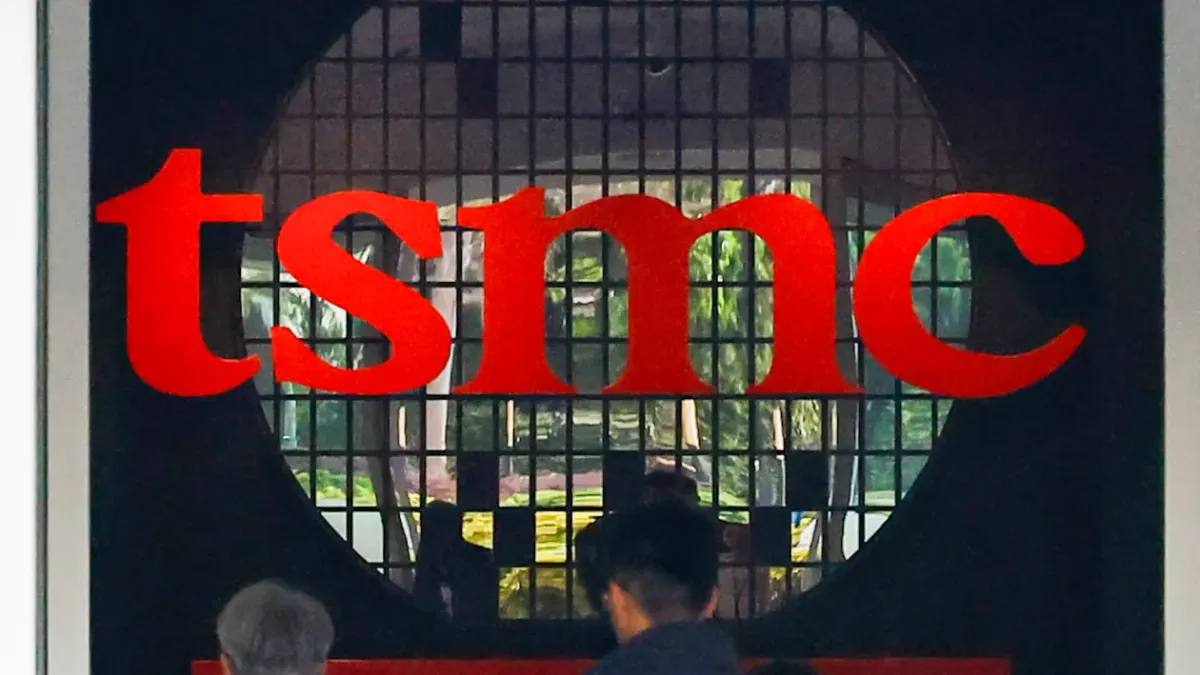TSMC Profit Tops 61% to All-Time High, Boosted by Surging AI Chip Demand

Hsinchu, Taiwan – July 17, 2025: The world's biggest contract chipmaker, Taiwan Semiconductor Manufacturing Company (TSMC), has recorded a stunning 61% year-over-year increase in second-quarter profit of 2025 driven by hyper demand for artificial intelligence (AI) chips. The net income of the company climbed to NT\$398.27 billion (\$13.5 billion), shattering forecasts and its highest quarterly profit ever.
TSMC's quarterly revenue through June stood at NT$933.80 billion ($31.7 billion), up 38.65% from last year's period. This strong showing beat market estimates and is a testament to the growing AI tech adoption across sectors.
At the epicenter of this wave is TSMC's central role in manufacturing advanced AI chips for industry leaders such as Nvidia and Apple. The firm's high-performance computing (HPC) segment, including AI and 5G applications, accounted for 60% of overall revenue—compared with 52% a year earlier. The segment has become TSMC's main growth driver, driven by the need for chips based on its most advanced process nodes, particularly those below 7 nanometers.
Based on C.C. Wei, TSMC CEO, the company predicts full-year 2025 revenue to increase by some 30% in U.S. dollar terms. Its third-quarter forecast is similarly upbeat, with anticipated revenue between $31.8 billion and $33.0 billion—a projected 8% sequential increase.
AIDemand remains strong and we are still in the first few innings of its industry-wide adoption," said Wei on the earnings call. "Our differentiated technologies and leadership position in chip manufacturing put us well positioned to capture this secular growth.
Brady Wang, Associate Director at Counterpoint Research, highlighted that "The main growth driver of TSMC has been the strong demand for AI-related chips, especially for the industry-leading nodes below 7nm." Lower nanometer sizes in semiconductor technology enable increased efficiency and processing power, and hence are well suited for AI workloads.
Of note, 7nm or below nodes chips accounted for 74% of TSMC's wafer revenue in this quarter, which shows the increased trend of more efficient and powerful processors in the current technology environment.
In contrast to the optimistic tone, TSMC recognized a number of outside threats. They consist of escalating geopolitical tensions, especially from possible American tariffs. The Trump administration recently issued 32% tariffs on Taiwanese goods and threatened additional levies on chip imports. TSMC added that customer demand is steady at present, but these policy changes create long-term uncertainty.
Besides, U.S. export restrictions have limited TSMC's business with Chinese companies and affected its major customers such as Nvidia and AMD. Nevertheless, the firms were recently approved to reinstate partial deliveries to China, indicating the possibility of relaxing trade restrictions.
Other possible drags are fluctuations in currencies and softer global demand for PCs and smartphones, which may result in order cuts from some of TSMC's legacy customers.
However, the explosive ramp-up in demand for AI chips has put TSMC at the forefront of one of the most disruptive tech waves of the decade. As AI continues to move into new domains—from enterprise software to autonomous cars and generative tools—TSMC's leadership in sophisticated chipmaking is a bedrock of the technology ecosystem.
Frequently Asked Questions (FAQs)
Why did TSMC's profit surge in Q2 2025?
TSMC's profit rose 61% due to strong demand for advanced AI chips. The company manufactures high-performance processors for leading tech firms like Nvidia and Apple, capitalizing on the global boom in artificial intelligence.
What role does AI play in TSMC’s growth?
AI is also a major growth driver of TSMC's revenue. Its premium computing segment with AI and 5G chips contributes 60% of the overall revenue. Demand for high-performance AI chips based on advanced 7nm and smaller process nodes keeps rising.
How did TSMC perform against analyst expectations?
TSMC surpassed analyst forecasts for revenue as well as net income. Revenue totaled NT$933.80 billion compared to a forecasted NT$931.24 billion, and net income totaled NT$398.27 billion compared to NT$377.86 billion predicted.
What are the primary risks TSMC is exposing itself to?
TSMC is exposed to possible risks from U.S. tariffs, export restrictions on Chinese customers, currency appreciation, and subdued demand from smartphone and PC businesses due to macroeconomic pressures.
How is TSMC looking for the rest of 2025?
TSMC is predicting robust expansion in the rest of 2025, with full-year revenue expected to grow 30% in USD terms. Third-quarter revenue is guided to be between $31.8 billion and $33.0 billion, driven by continued AI chip demand.



